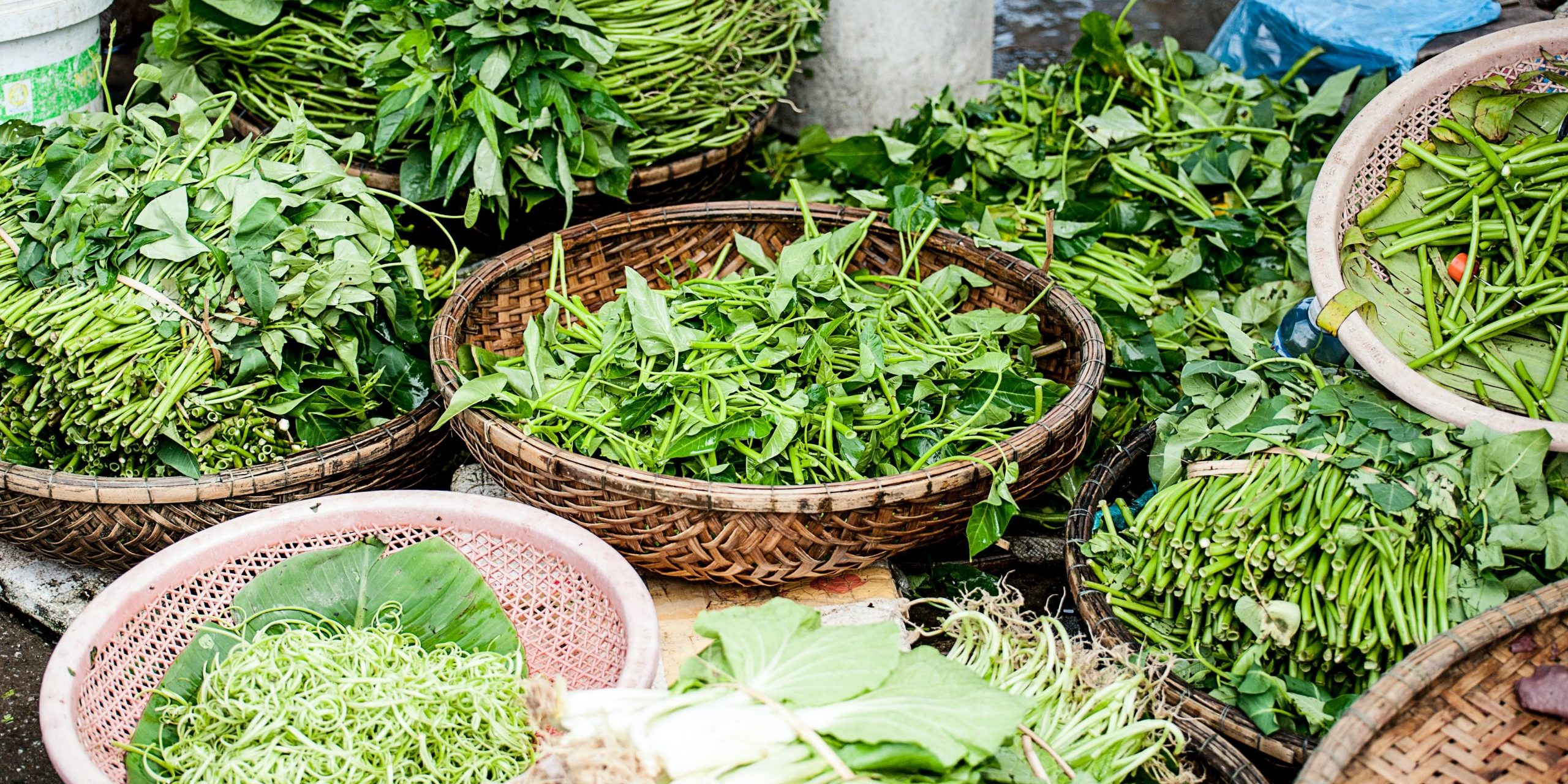EIGHT TIPS TO SUCCESSFULLY GROW HERBS
- Give Them Some Sun – Most herbs thrive in six hours or more of sun per day. An exception is basil, which prefers a little shade.
- Condition Your Soil – Fertile soil and drainage are very important because you want to harvest as much as possible. If you’re planting herbs in the ground, loosen the soil to improve drainage and, if necessary, add lime to adjust the soil pH. If you’re planting herbs in containers, use A+ Planting Mix.
- Fertilize Sparingly – For most herbs, fertilizer should be used sparingly. There are some exceptions, such as basil and nasturtium, which should be fertilized about once every four to six weeks.
- Match Up Your Herbs – When planting herbs in containers, be sure to mix herbs with similar sun and soil requirements. For instance, rosemary, thyme and lavender prefer to be kept slightly dry, while parsley, basil and Vietnamese coriander need consistent moisture.
- Know Your Basil – One of most popular herbs is basil, which comes in many different flavors, sizes, shapes and textures. Genovese sweet basil is the classic flavor for pesto and other Italian dishes. Thai basil is spicy. And lemon or lime basil add their own distinct flavor to your dishes. Pinch basil often throughout the year to remove flowers and keep the plants full. To enjoy homegrown basil throughout the year, put leaves in a blender with a little water. Then pour the mixture into an empty ice cube tray, freeze it, then store the cubes in a freezer bag. That way, you can pull out individual servings of basil whenever you need it.
- Mind Your Mint – Mint and its close relatives (lemon balm, horehound, catnip) should be planted in their own container. Mint is a hardy, perennial plant that can spread rapidly through the entire garden. Because it travels by way of an underground stem, it’s best used in a container. Mint should be kept moist and pinched frequently to remove flowers and to keep the plants full and bushy.
- Time Your Cilantro – Cilantro grows best when temperatures range between 50 and 70 degrees. When the temperature begins to warm up, cilantro starts to bloom and will no longer produce flavorful leaves. This makes it a good choice for early spring and fall gardens, but it’s not well suited for summer conditions.
- Chase your Chives – Chives will reseed itself around your garden. It can be fun to see where it’ll pop up each year, if you like that sort of surprise. If you’d rather not have them wander, be sure to cut off chive flowers (they’re edible–put them on a salad!) before they wither.
Come to A+ Garden Center for a wide variety of herbs to plant in your garden.







